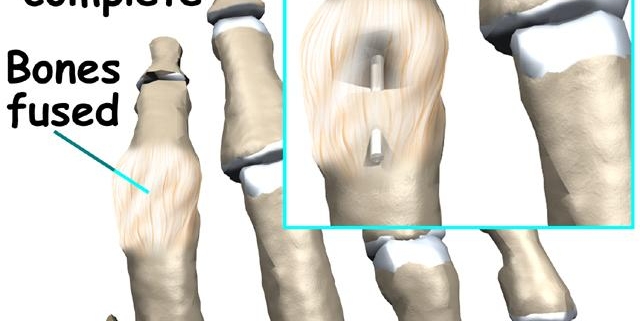
Finger Fusion Surgery
Overview
Finger fusion surgery, also known as arthrodesis, is a surgical procedure designed to fuse bones in a joint to minimize joint pain and enhance stability. It’s a treatment option often considered for patients with severe arthritis pain in their fingers or those who’ve experienced a serious finger injury. While it’s not as common as other types of joint surgeries like hip or knee replacements, finger fusion surgery still plays a vital role in improving the quality of people’s lives.
Types
Generally, there’s not a variety of types of finger fusion surgery. However, the procedure may vary depending on which finger joint is involved. It can be performed on any joint within the finger or thumb.
Causes
The main cause leading to finger fusion surgery is severe arthritis in the fingers, especially rheumatoid arthritis or osteoarthritis. Other causal factors may include injuries that damage the finger joints, such as fractures or dislocations, or malformations from birth.
Symptoms
When the joint damages progresses to a certain point, patients usually experience symptoms such as:
-
- Chronic and severe joint pain
-
- Reduced finger mobility or stiffness
-
- Swelling and inflammation around the joint
-
- Visible joint deformity
Diagnosis
The diagnosis of a condition requiring finger fusion surgery generally involves a comprehensive physical examination, consideration of medical history, and imaging tests. These imaging tests—like X-rays, CT scans, or MRI—can help assess the severity of joint damage and the suitability for surgery.
Treatment Options
Prior to recommending surgery, physicians usually advise conservative treatment approaches. These might include:
-
- Physical therapy and hand exercises
-
- Use of assistive devices like splints
-
- Pain management medications
-
- Nonsteroidal anti-inflammatory drugs (NSAIDs) or corticosteroids to alleviate inflammation
If these approaches fail to deliver relief, surgery such as joint fusion may be recommended. This procedure involves removing the surface of the joint and using a combination of screws, wires, or plates to join the bones together.
Living with Finger Fusion Surgery
The recovery from finger fusion surgery varies for each person but generally takes several weeks. During this time, your hand will likely be in a cast or splint. Pain can be managed with prescribed medication.
After the healing period, the following tips may help you manage and improve your condition:
-
- Resume physical therapy exercises to restore strength and flexibility.
-
- Comply with follow-up appointments to monitor progress.
-
- Establish a healthy diet and lifestyle habits to support bone health.
When to Seek Help
It’s important to seek immediate medical attention if you experience severe finger pain that does not improve with rest or over-the-counter medication. Also, if you had finger fusion surgery and notice any of the following post-operative symptoms, seek prompt medical help:
-
- Severe pain that does not subside with prescribed medication
-
- Signs of infection, such as increased redness, swelling, or pus
-
- Loss of sensation or diminished blood flow in the finger
Always remember, early diagnosis and treatment can greatly increase your chances of successfully managing symptoms and maintaining your quality of life.
